What Is Synthetic Media?
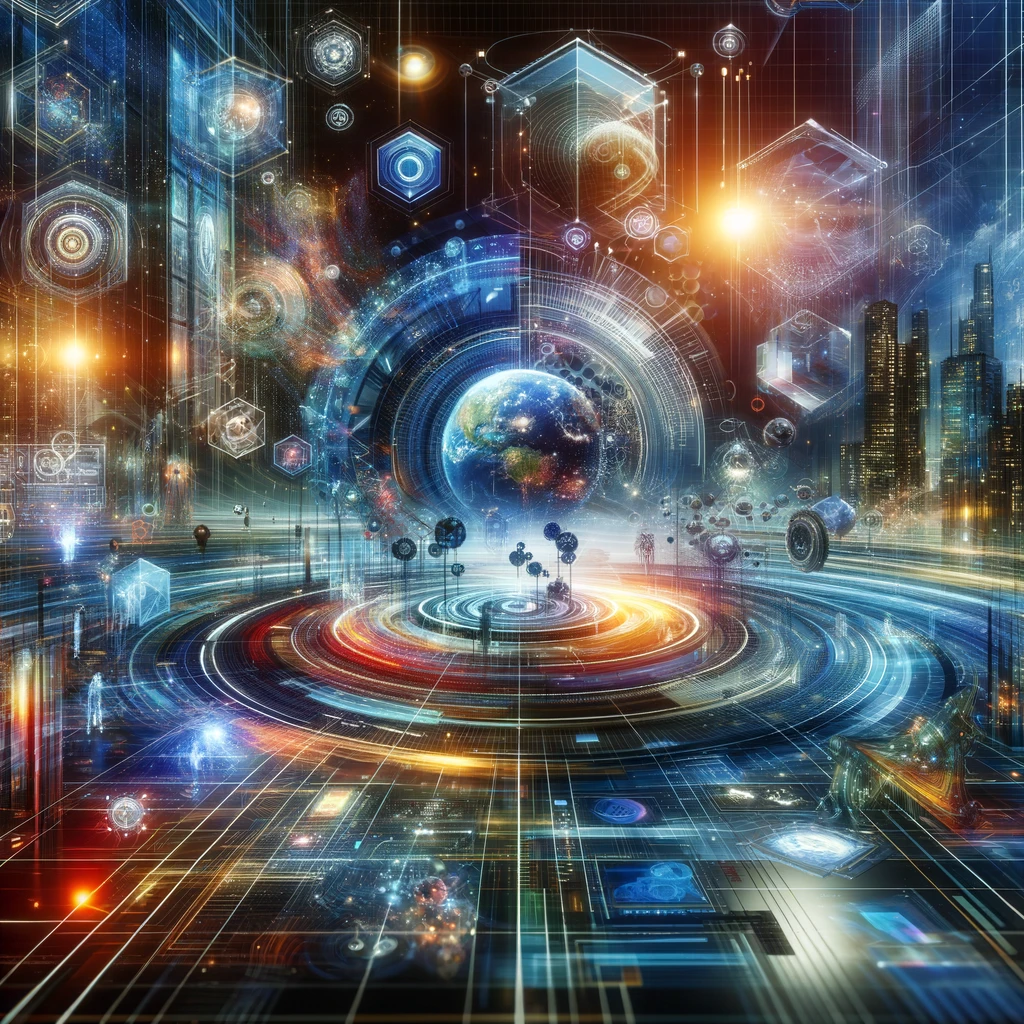
Table of Contents
Introduction to Synthetic Media
Synthetic media, often referred to as AI-generated media, represents a revolutionary class of media that is either fully or partially generated by artificial intelligence systems. This form of media is transforming the landscape of content creation, impacting everything from video production, entertainment and advertising to news reporting and education.
| Subject Title | Subject Description |
|---|---|
| Introduction to Synthetic Media | An overview of synthetic media and its significance in the digital age. |
| Types of Synthetic Media | Explanation of various forms of synthetic media. |
| How Synthetic Media is Created | A look at the technology and processes involved in the creation of synthetic media. |
| Applications of Synthetic Media | Exploration of how synthetic media is used in different industries. |
| Ethical Considerations and Challenges | Discussing the ethical implications and challenges posed by synthetic media. |
| Future of Synthetic Media | Predictions and trends for the future of synthetic media in technology. |
| FAQ | Answers to frequently asked questions about synthetic media, including benefits and disadvantages. |
Types of Synthetic Media
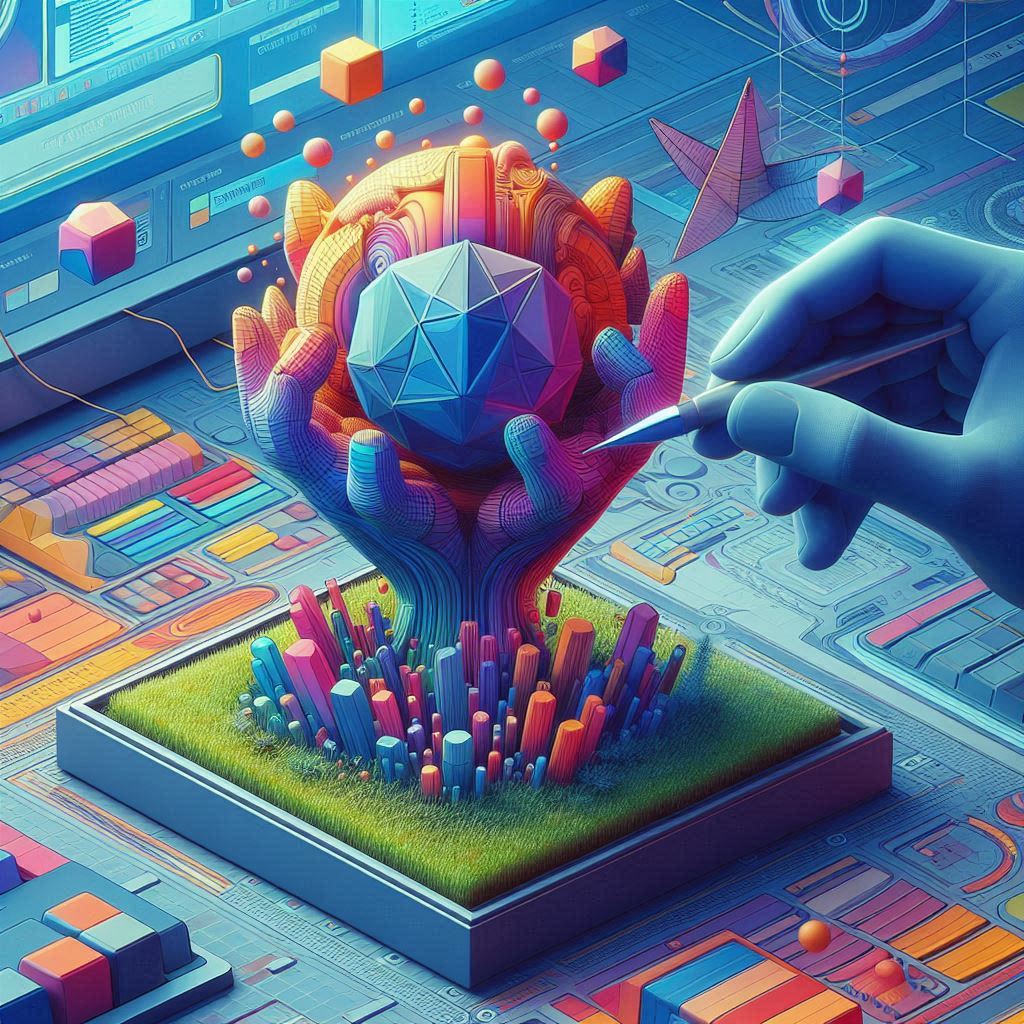
Synthetic media encompasses a broad range of AI-generated content that mimics traditional forms of media.
Here, we delve deeper into the various types of synthetic media, exploring their unique characteristics and the technologies that power them.
Deepfakes
Deepfakes are video or audio clips manipulated using deep learning algorithms, specifically Generative Adversarial Networks (GANs). These AI models are trained to replace one person’s likeness with another in videos or to clone human voices. While initially gaining notoriety for potential misuse, deepfakes are also used in film to de-age actors or resurrect historical figures in educational content.
- Example: A well-known application of deepfakes is in the movie industry, such as in “The Mandalorian,” where a young Luke Skywalker was recreated using this technology. Here’s a link to an article discussing this.
AI-Generated Text
AI-generated text is produced by natural language processing (NLP) models like GPT (Generative Pre-trained Transformer), which can compose texts that mimic human writing styles. These AI systems are used in journalism for writing reports, in businesses for generating technical documents, and even in literature to craft novels and poetry.
- Example: OpenAI’s GPT-3 has been used to write articles, poetry, and even news reports. The Guardian published an article entirely written by GPT-3. Check out the article here.
Virtual Reality (VR) and Augmented Reality (AR)
VR and AR content often incorporates synthetic elements that are either enhanced by or generated through AI. VR makes entirely fake worlds, while AR adds digital stuff to the real world. AI is used in these technologies to improve image rendering, motion capture, and interactive elements, making experiences more realistic and immersive.
- Example: IKEA’s AR app, IKEA Place, allows users to visualize furniture in their own home before buying. Learn more about IKEA Place on their official website.
Generative Music
AI in music involves algorithms that can analyze patterns in music data to create new compositions. These AI systems learn styles from a large dataset of existing music and generate compositions that can be used in video games, movies, or even performed in concert settings. Artists and producers are increasingly collaborating with AI to push the boundaries of creativity and innovation in music.
- Example: AIVA (Artificial Intelligence Virtual Artist) is an AI music composer that has been used to create music for films and games. You can listen to some compositions on AIVA’s official website.
Synthetic Imagery
AI-generated imagery includes everything from artworks to realistic photographs and animated videos. Tools like DALL-E3 and Adobe Photoshop’s neural filters use AI to create complex images and effects based on textual descriptions or modify existing images in subtle ways that can mimic or enhance reality.
- Example: DALL-E by OpenAI creates images from textual descriptions, showcasing the fascinating capabilities of generative models. Explore more about DALL-E and see examples on OpenAI’s blog.
Interactive Chatbots
Synthetic media also extends to interactive technologies such as chatbots. These AI-driven programs simulate human conversation through text or spoken language. They are used in customer service, therapy sessions, and as personal assistants, providing responses that are increasingly difficult to distinguish from those of a human.
- Example: Replika is an AI companion who learns from your conversations to become more like you and help you throughout your day. Discover more about how Replika works on their official site.
Customized Video Content
This form of synthetic media tailors video content to individual preferences or situational requirements using AI. It can dynamically change the storyline, dialogue, or even the actors in interactive video advertising, gaming, or training simulations.
- Example: The use of AI in creating dynamic video ads can be seen with companies like SundaySky, which powers personalized video experiences for customer engagement. Check out their solutions at SundaySky’s website.
These links should provide a clear demonstration of how synthetic media is being utilized across different sectors and applications.
How Synthetic Media is Created
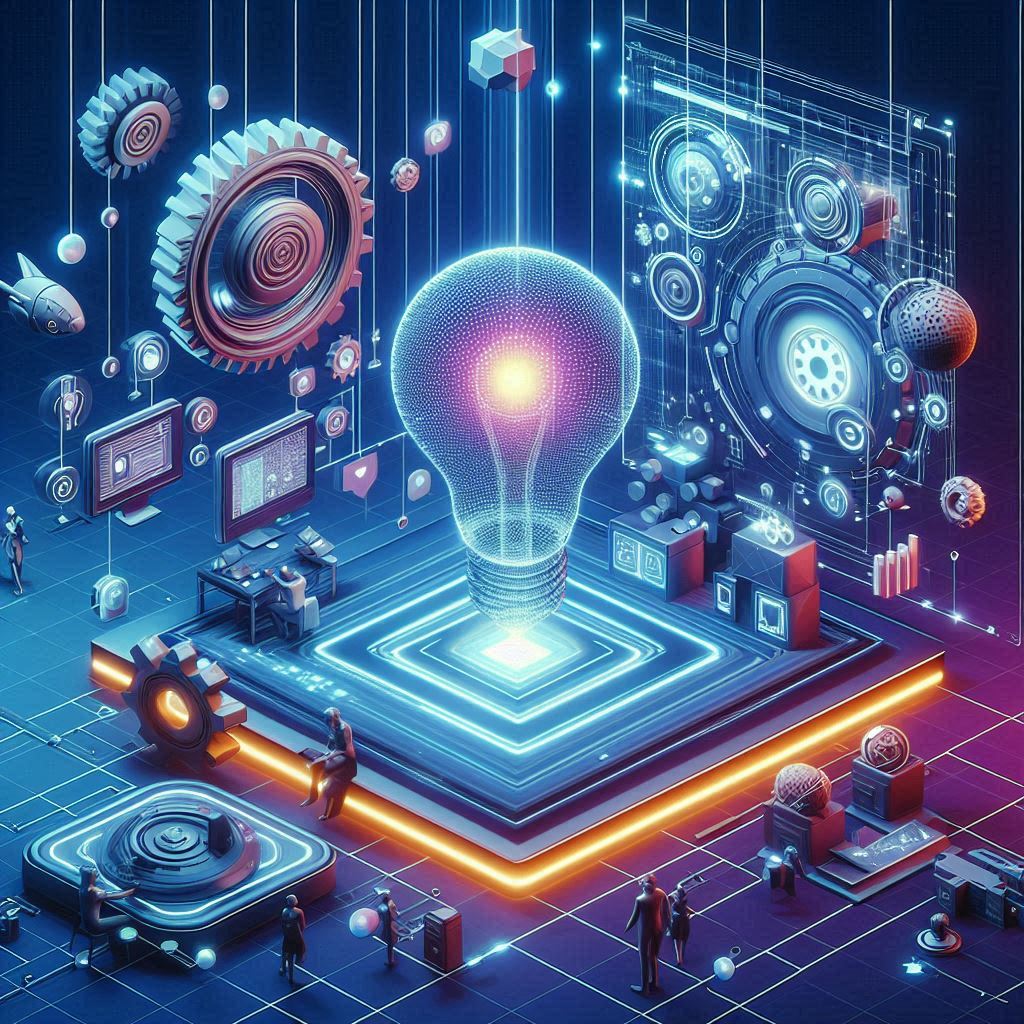
Synthetic media is created using a type of artificial intelligence that involves machine learning and deep learning.
Here’s a simpler breakdown of how it works:
- Machine Learning and Deep Learning: These are advanced types of technology that allow computers to learn and make decisions based on data. Machine learning helps the computer learn from past experiences, and deep learning allows it to understand and process complex patterns, much like the human brain.
- Neural Networks: Think of neural networks as a series of layers in the computer’s brain. Each layer helps the computer learn different aspects of the data it receives, like recognizing shapes, colors, or words.
- Generative Adversarial Networks (GANs): This is a special type of neural network used to create very realistic media. It works by using two parts: one part tries to create new images, texts, or sounds, and the other part judges them. The creator part improves over time, trying to make its creations so good that the judge part can’t tell them apart from real ones.
- Learning from Data: To create new content, these technologies use large collections of real images, texts, sounds, or videos. By analyzing this real data, they learn how to produce new, synthetic versions that look, read, or sound similar.
So, essentially, synthetic media is created by teaching computers to mimic real-world content through a process of constant learning and refining.
Applications of Synthetic Media
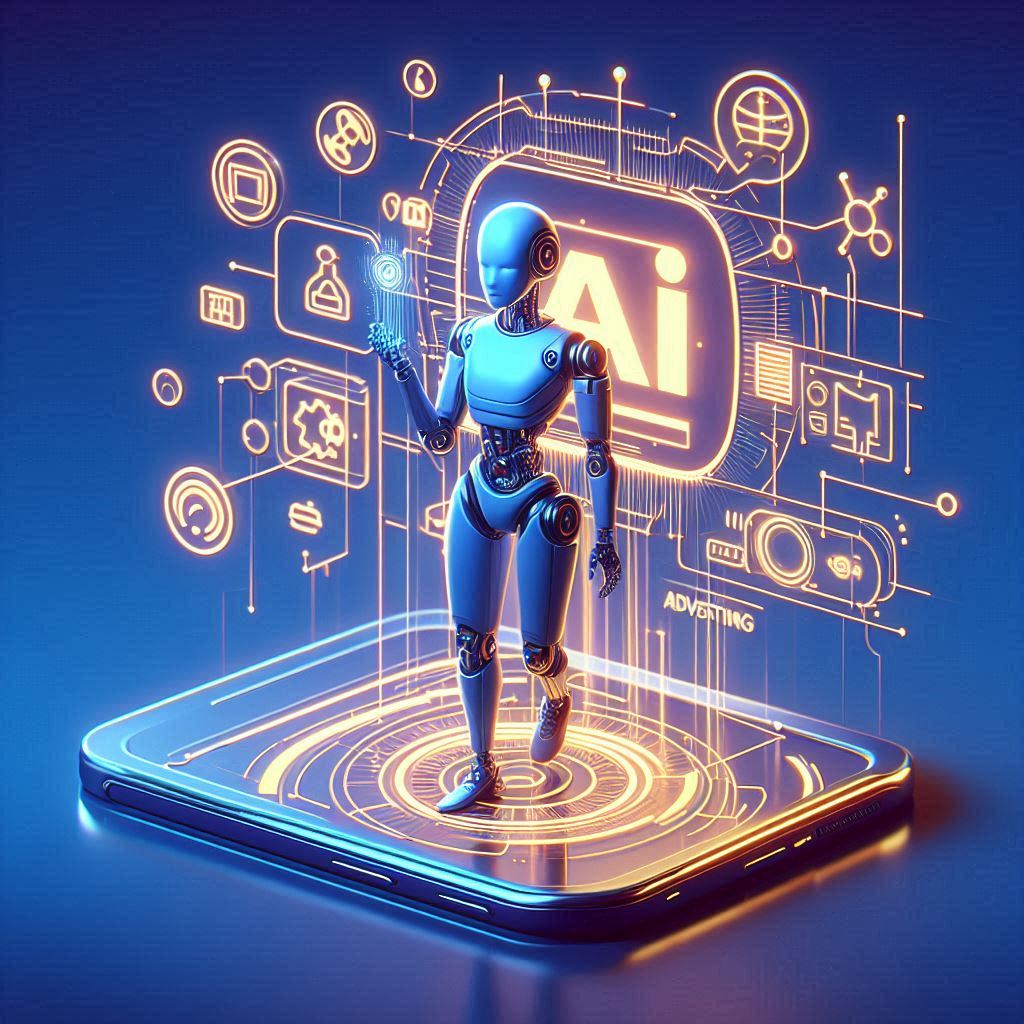
Synthetic media is increasingly becoming an integral part of various industries, offering innovative solutions and enhancing user experiences across multiple domains. Here, we explore some of the key applications of synthetic media in greater detail:
Entertainment
In the entertainment industry, synthetic media is used to create complex visual effects, animate characters, and generate entire environments. Movies and video games benefit from this technology, allowing for the creation of realistic and imaginative scenes that would be difficult or impossible to film in real life. Additionally, synthetic media can be used to enhance or alter performances of actors, such as aging or de-aging them or bringing deceased actors back to virtual life for cameo appearances.
Advertising
In advertising, synthetic media helps in creating personalized and dynamic ads. Brands can use this technology to produce multiple versions of the same ad tailored to different audiences, or even to create virtual models and scenarios instead of organizing costly photo and video shoots. This not only reduces production costs but also allows for more creativity and quicker iterations in campaign strategies.
Journalism
Journalists and media houses are using synthetic media to automate routine news reporting and generate articles quickly, especially in data-driven domains like sports or finance. AI-generated text can also assist in creating multilingual content, making news accessible to a broader audience without the need for human translators.
Education
Synthetic media transforms educational content by making it more interactive and personalized. Virtual and augmented reality can simulate historical events, scientific phenomena, and mathematical models, providing students with immersive learning experiences that are more engaging than traditional textbooks. AI tutors and interactive modules can adapt to the learning pace of individual students, offering tailored guidance and support.
Social Media
On social media platforms, synthetic media is used to customize user experiences and generate content. Filters, virtual backgrounds, and augmented reality effects on platforms like Instagram and Snapchat are all forms of synthetic media. These tools enhance user engagement and creativity, allowing people to express themselves in unique ways.
Fashion and Design
In fashion, designers are using AI to create virtual clothing collections that can be showcased in digital runways and tried on via AR apps. This reduces the need for physical samples and can lead to more sustainable practices by minimizing waste. Additionally, synthetic media aids in product design across various industries by visualizing prototypes in 3D environments before they are physically produced.
Healthcare
In healthcare, synthetic media is being explored for training medical professionals using VR simulations. These simulations can mimic complex surgical procedures or medical emergencies, providing doctors and nurses with valuable practice without risk to real patients. Additionally, AI-generated models of human organs can be used for practice and diagnosis training.
Legal and Security Training
Law enforcement and security agencies use synthetic media to create realistic training scenarios, including virtual crime scenes or emergency response situations. These simulated environments help prepare officers for real-world challenges in a controlled and repeatable manner.
As synthetic media technology continues to evolve, its applications across different sectors are likely to expand, offering even more innovative ways to interact with and manipulate digital content. This transformative technology holds the potential to revolutionize how we create, consume, and interact with media.
Ethical Considerations and Challenges

The rise of synthetic media raises significant ethical issues:
- Misinformation: The potential for creating convincing fake news.
- Privacy: Concerns about using an individual’s likeness without consent.
- Security: The use of synthetic media in phishing attacks.
Future of Synthetic Media
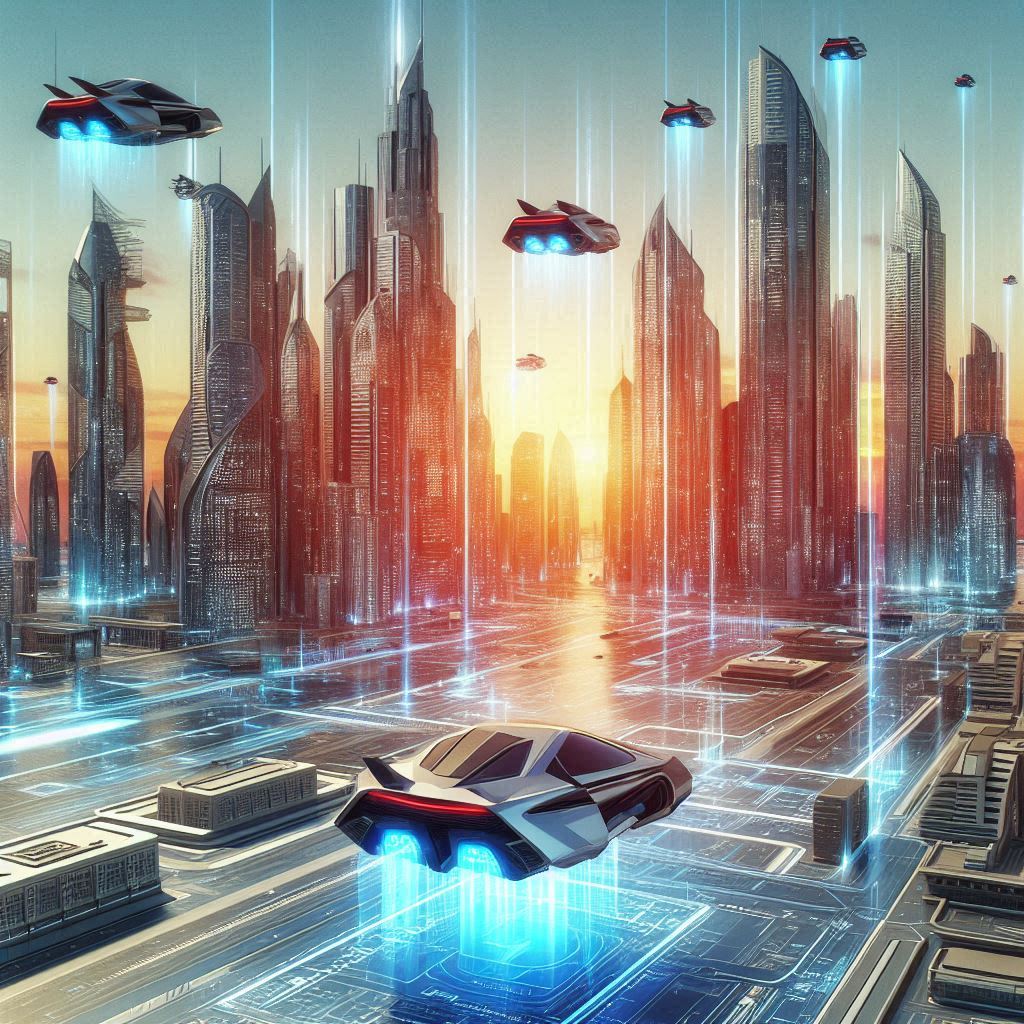
The future of synthetic media looks promising yet challenging. Advances in AI will likely lead to more sophisticated and accessible synthetic media technologies, which could further blur the line between reality and synthetic content.
The ongoing development of ethical guidelines and regulations will be critical in shaping the trajectory of synthetic media.
FAQ
What is synthetic media?
Synthetic media refers to content that is either fully or partially generated by artificial intelligence technologies, including audio, video, text, and images.
How can synthetic media be identified?
Detecting synthetic media often requires the use of specialized AI tools designed to spot differences between authentic and AI-generated content.
Is synthetic media legal?
While synthetic media itself is not illegal, its application in certain contexts, such as creating misleading information or using someone’s likeness without consent, can be subject to legal scrutiny.
What are the benefits of synthetic media?
The benefits of synthetic media include:
- Cost Efficiency: Reduces the need for expensive production sets, actors, and resources.
- Creativity and Innovation: Offers limitless possibilities in creating new content that might not be feasible with traditional methods.
- Personalization: Can tailor content specifically to individual preferences or requirements, enhancing user engagement.
- Accessibility: Makes it easier to produce content in multiple languages and formats, increasing accessibility.
- Training and Education: Provides realistic simulations and training environments which are invaluable in education and professional training.
What are the disadvantages of using synthetic media?
The disadvantages of using synthetic media include:
- Ethical Concerns: Raises issues such as the potential for spreading misinformation, violating privacy, and the ethical implications of replacing human actors or creators.
- Job Displacement: Could lead to job losses in industries like acting, content creation, and customer service as AI takes over more roles.
- Dependence on Data: The quality and bias of the synthetic media are directly dependent on the data it was trained on, which can perpetuate existing biases or inaccuracies.
- Security Risks: There’s a risk of misuse, such as in creating fake videos or audio for scams or harmful purposes.
 What Is Synthetic Media? an Article by Nicole Delgado 2024 | CMO | Explainer Video Company | Animated Explainer Videos
What Is Synthetic Media? an Article by Nicole Delgado 2024 | CMO | Explainer Video Company | Animated Explainer Videos



